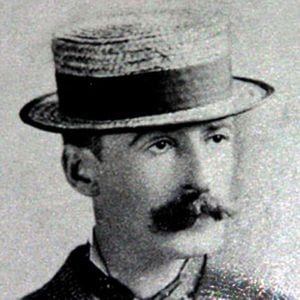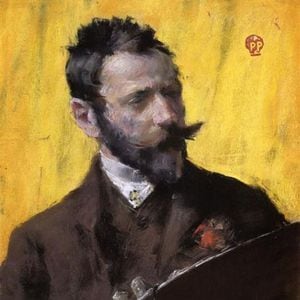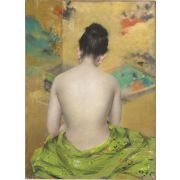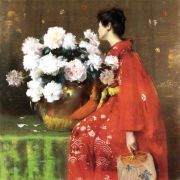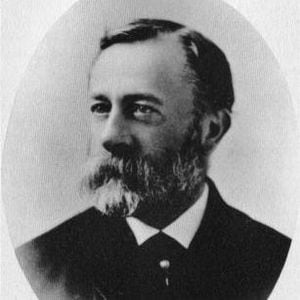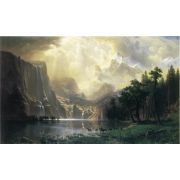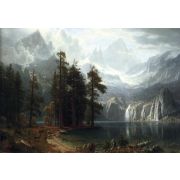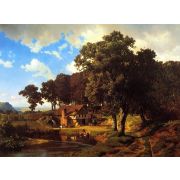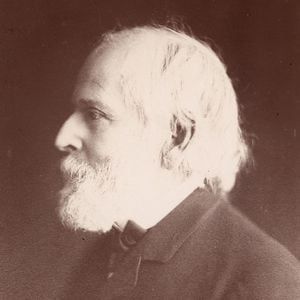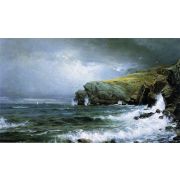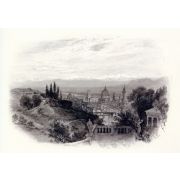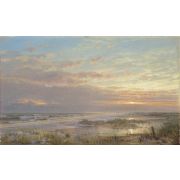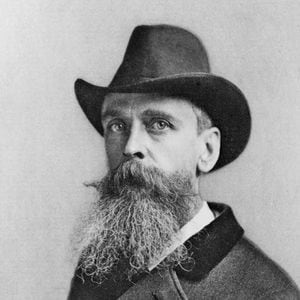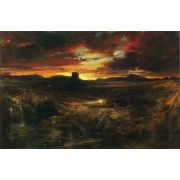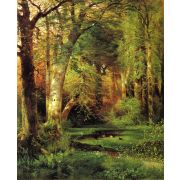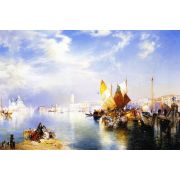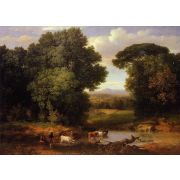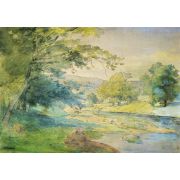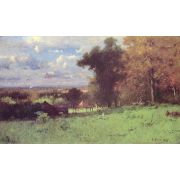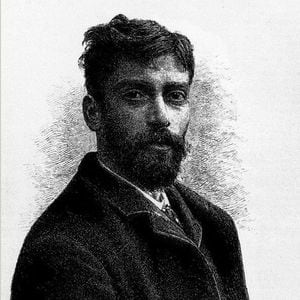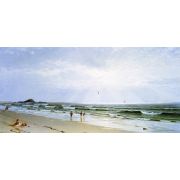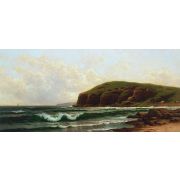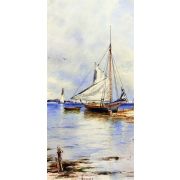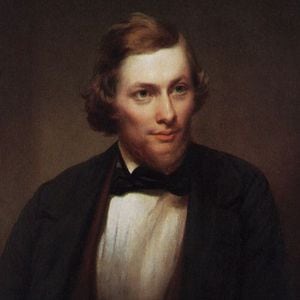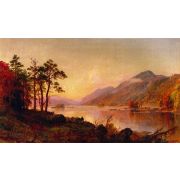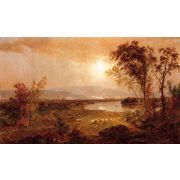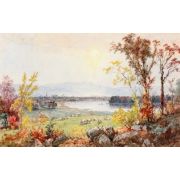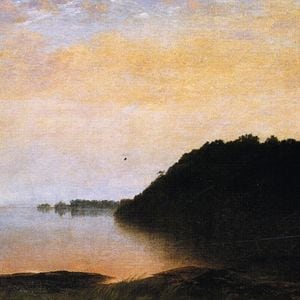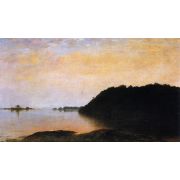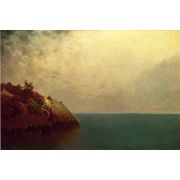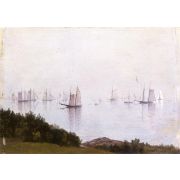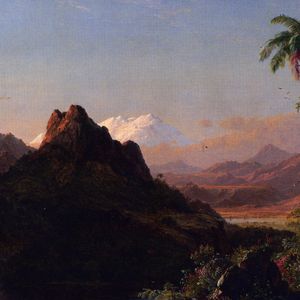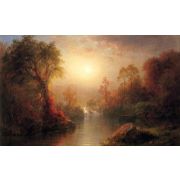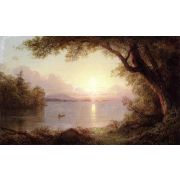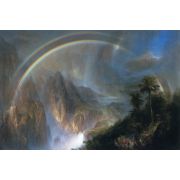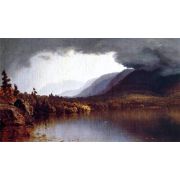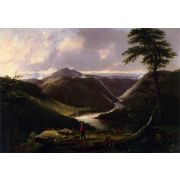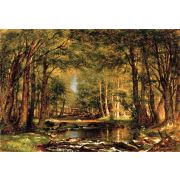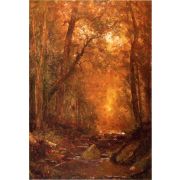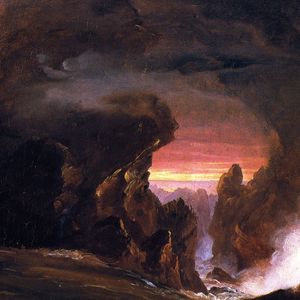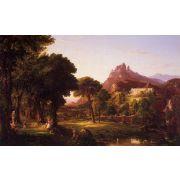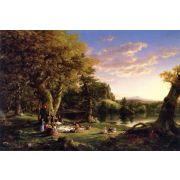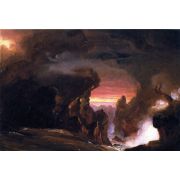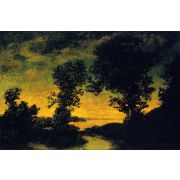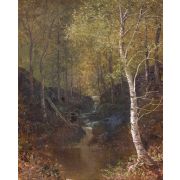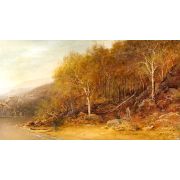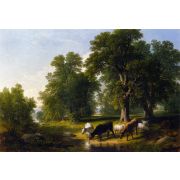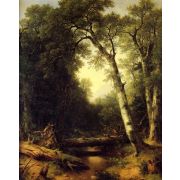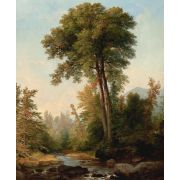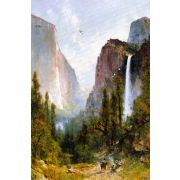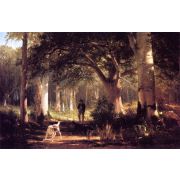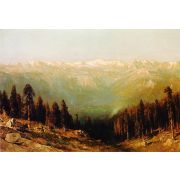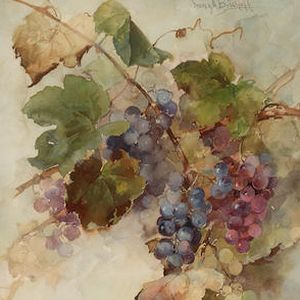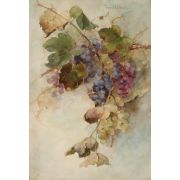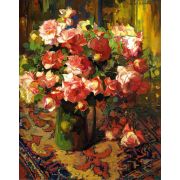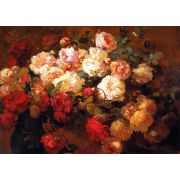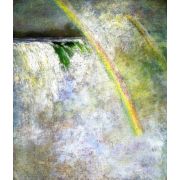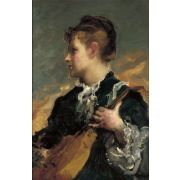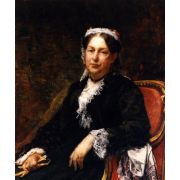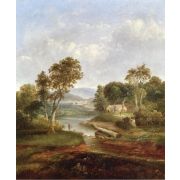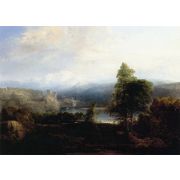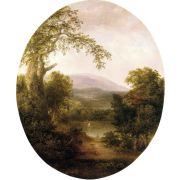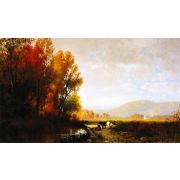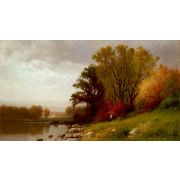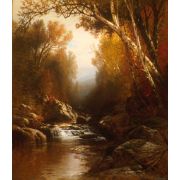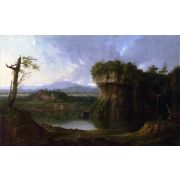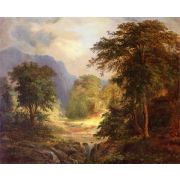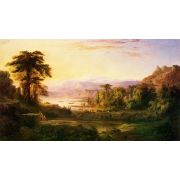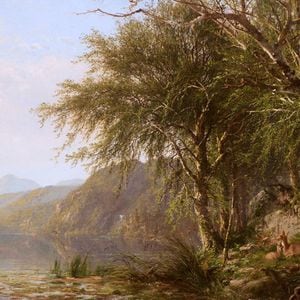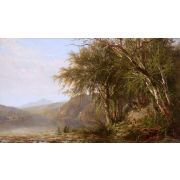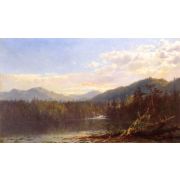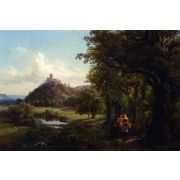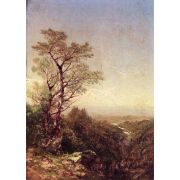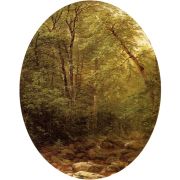
American Landscape
American Landscape
1 to 30 out of 40 artists
Winslow Homer
1836 -1910, American / American Landscape and Realism, 598 works
William Merritt Chase
1849 -1916, American / American Landscape and Impressionism, 656 works
Albert Bierstadt
1830 -1902, American / Romanticism , Hudson River School , and American Landscape, 531 works
William Trost Richards
1833 -1905, American / American Landscape , Hudson River School , and American Pre-Raphaelites, 456 works
Thomas Moran
1837 -1926, American / Romanticism , Hudson River School , and American Landscape, 406 works
George Inness
1825 -1894, American / American Landscape, 353 works
Alfred Thompson Bricher
1837 -1908, American / Hudson River School and American Landscape, 310 works
Jasper Francis Cropsey
1823 -1900, American / American Landscape , Romanticism , and Hudson River School, 298 works
John Frederick Kensett
1816 -1872, American / Hudson River School , American Landscape , and Realism, 238 works
Frederic Edwin Church
1826 -1900, American / Hudson River School , Romanticism , and American Landscape, 228 works
Sanford Robinson Gifford
1823 -1880, American / American Landscape and Hudson River School, 224 works
Thomas Worthington Whittredge
1820 -1910, American / American Landscape and Hudson River School, 181 works
Thomas Cole
1801 -1848, British / American Landscape , Romanticism , and Hudson River School, 180 works
Ralph Albert Blakelock
1847 -1919, American / Romanticism and American Landscape, 179 works
Asher Brown Durand
1796 -1886, American / American Landscape , Romanticism , and Hudson River School, 149 works
Thomas Hill
1829 -1908, British / American Landscape , Romanticism , and Hudson River School, 147 works
Franz Bischoff
1864 -1929, American / California Impressionism and American Landscape, 139 works
William Morris Hunt
1824 -1879, American / American Landscape, 134 works
Charles Warren Eaton
1857 -1937, American / American Landscape, 96 works
Thomas Doughty
1793 -1856, American / American Landscape and Hudson River School, 88 works
Thomas Birch
1779 -1851, British / American Landscape, 85 works
William Hart
1823 -1894, Scottish / Hudson River School , American Landscape , and Romanticism, 73 works
James Carroll Beckwith
1852 -1917, American / American Landscape, 70 works
Robert Seldon Duncanson
1821 -1872, American / American Landscape and Hudson River School, 65 works
James McDougal Hart
1828 -1901, American / American Landscape and Hudson River School, 53 works
James Peale
1749 -1831, American / American Landscape, 48 works
John Mix Stanley
1814 -1872, American / American Landscape, 43 works
John W. Casilear
1811 -1893, American / Hudson River School and American Landscape, 35 works
Lockwood de Forest
1850 -1932, American / American Landscape, 32 works
Arthur Parton
1842 -1914, American / American Landscape, 24 works
1 to 30 out of 40 artists
Landscape painting became its style during the Dutch Golden Age in the 17th century, when religious art became less popular in a Protestant society. In Europe, landscapes went from being the backgrounds of portraits of wealthy landowners to being a highly regarded art form. During the 18th and 19th centuries, Romantic painters made the natural world have symbolic and mythical meanings as a reaction to the scientific advances of the Enlightenment.
At the beginning of the 19th century, landscape painting became the most popular type of American art. It showed idealized images of a vast, untouched wilderness, which reflected a country whose identity and belief in its endless possibilities was deeply tied to its natural environment. As the American frontier moved further west, landscape artists painted pictures of the disappearing wilderness and the growing presence of modern civilization. These paintings either showed their patrons how significant industrial development was or reminded them of what progress costs.
Thomas Cole started the Hudson River School in the second half of the 19th century. Its artists made huge paintings that tried to show the vastness of the American landscape and encourage people to look at its beauty. Albert Bierstadt and some of the other Hudson River School artists did works that focused more on the raw, scary power of nature. In the 1870s, Thomas Moran's paintings of the Yellowstone River helped Congress decide to make the area around Yellowstone a national park.
By the start of the 20th century, romantic views of nature were replaced by urbanization themes and a longing for the quiet of untouched natural spaces. In the 1920s, Robert Henri led a group of New York artists called the "Ashcan School" or "Urban Realists," who painted scenes of dirty cities. The Regionalist Painters were a group of artists who did most of their work in the Midwest in the 1930s. They included Grant Wood, Thomas Hart Benton, John Steuart Curry, Marvin Cone, and less well-known artists. Their portraits praised the work and way of life of rural agrarian America.
European art movements like abstract expressionism and cubism have influenced how modern American artists have painted landscapes. Charles Sheeler painted industrial landscapes in a style that foreshadowed photorealism. Edward Hopper painted urban and rural landscapes in a looser, more painterly style. Georgia O'Keeffe did works that turned the natural world into organic abstractions. Milton Avery's minimalist style led to the pure color fields.
